6. Rashomon
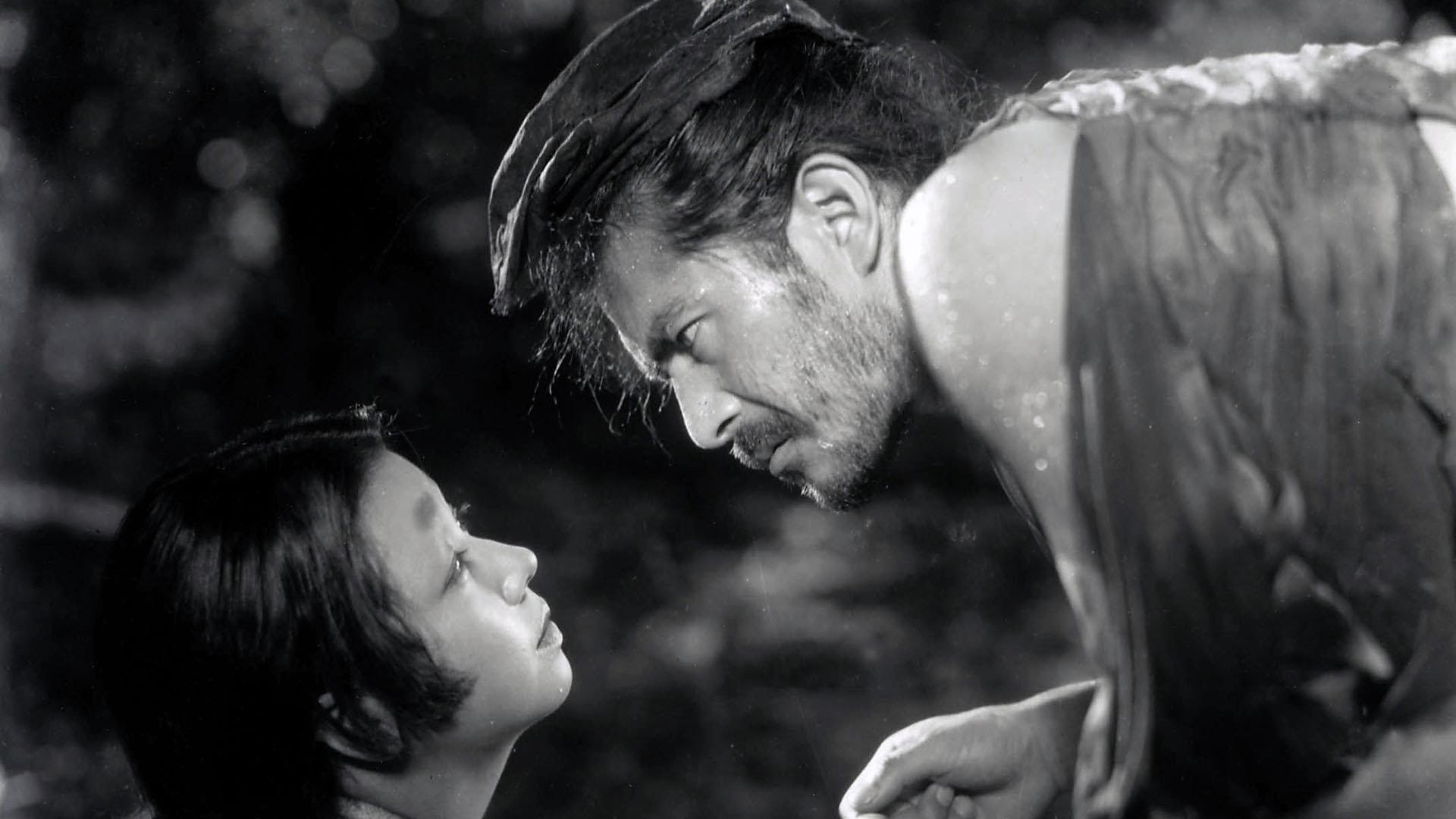
In Akira Kurosawa’s perspective-based masterpiece, the basis of a murder is heavily argued about by different witnesses that have their own accounts of what truly happened.
At first, you listen closely to hear which witness has the most reliable story. By the end, that quest no longer matters. Instead, you will understand that everyone is capable of wrong doings. These three takes are based on the lies and ills of those that tell them. Motives get in the way of the truth, to the point that truth can no longer exist.
Sure, Kurosawa experiments with plot cohesion here, but the poetic take on morality is also a portal into what arthouse cinema is all about. You enter wanting to listen to all sides, and you leave questioning your own existence.
7. The 400 Blows
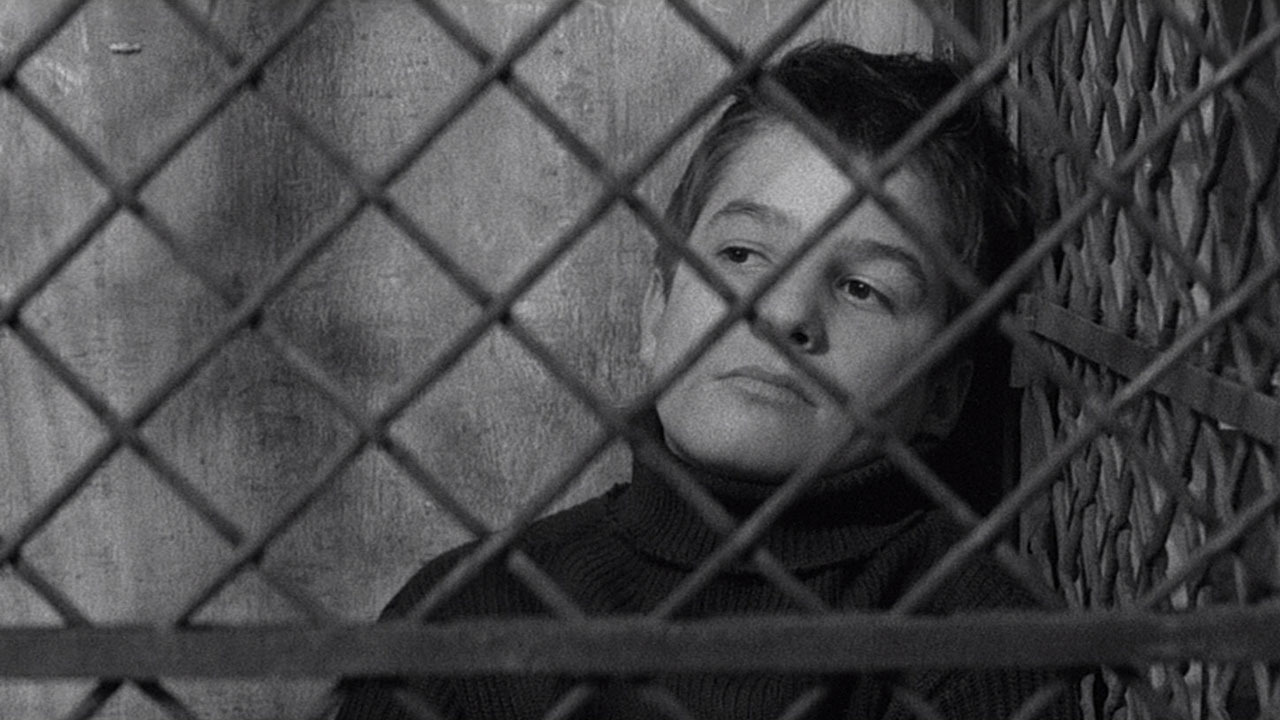
If there was ever a way to start watching French New Wave pictures, there is absolutely no better answer. The 400 Blows is perfect, because its take on the world through a child’s eyes renders the picture innocent enough for us to easily grasp.
François Truffaut captures the chaos that a plotless structure entails through a misbehaved boy that is truant, stubborn and curious. He leaves the structured ways of his strict school (possibly the conventionalities of Hollywood-driven cinema) to find his own way of life.
You want to go wherever he does, especially if it’s the sensational graviton scene. This is the dream we all had as a kid, but the harsh realities sadly chase after the moments of joy. The 400 Blows breaks the rules just enough that you can sense something is slightly different, here.
8. The Red Shoes
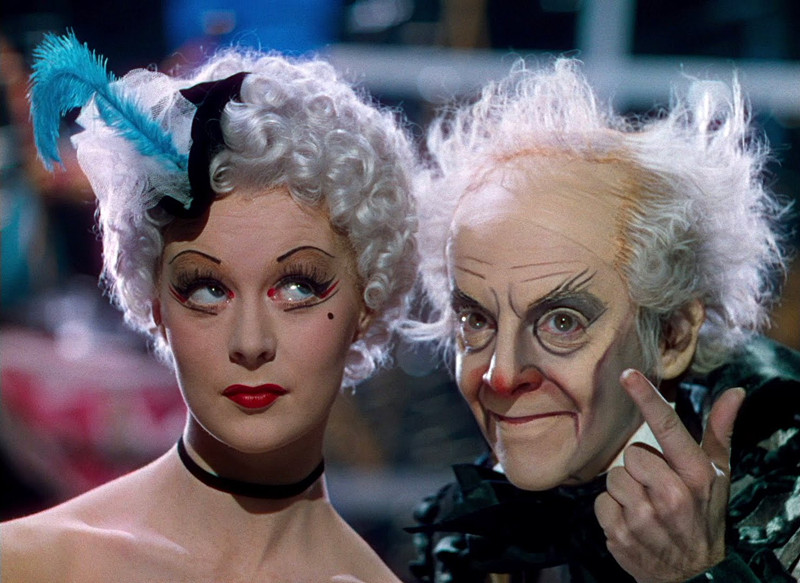
How in the hell was this film made before 1950? The Archers (Michael Powell and Emeric Pressburger) created a modern fable rendition of the Hans Christen Andersen tale by cursing a ballet dancer interpreting the latter story. While Vicky is confined to her titular red shoes, the film is all but strained.
The colours burst off of the screen so much that you would swear this was a flick from the 1970s. While the majority of the film feels like an actual story about seemingly real people, there is enough of a mythological element here to cause the film to teeter between fantasy and reality.
The ballet sequences are dream-like, and are shot in such a way that you are deceptively tricked into viewing arthouse passages. Can you complain if the result is breathtaking? I sure hope not.
9. The Umbrellas of Cherbourg
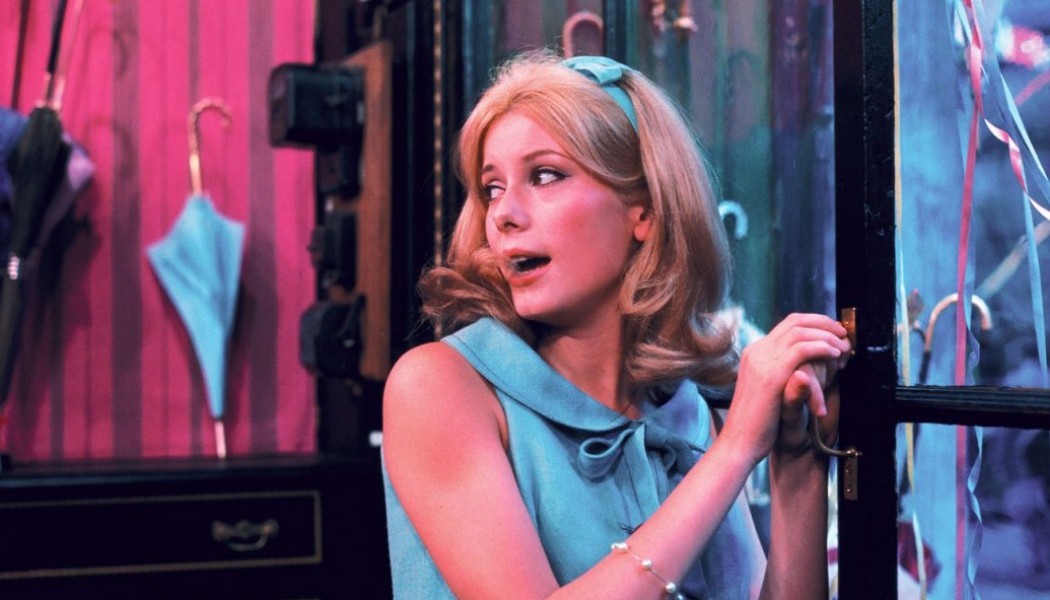
The classic era of musicals can give a taste of what arthouse cinema can be like. Many Gene Kelly pictures have interpretive art numbers that heavily stick out of the picture. Fred Astaire and Ginger Rodgers films leap from style-to-style to explore all types of aesthetical structure.
The Umbrellas of Cherbourg is a little different. Jacques Demy’s modernized opera is so sublime that the entire film almost feels like one of these deviations found in other musicals. An hour and a half of imaginative sights and sounds is quite the treat.
You will waltz your way into this creative depiction of Normandy, until life zips past and you wonder how you got to your new place. Fantasies disappear, and the dreams are gone, yet France remains as gorgeous as ever.
10. Three Colours Trilogy
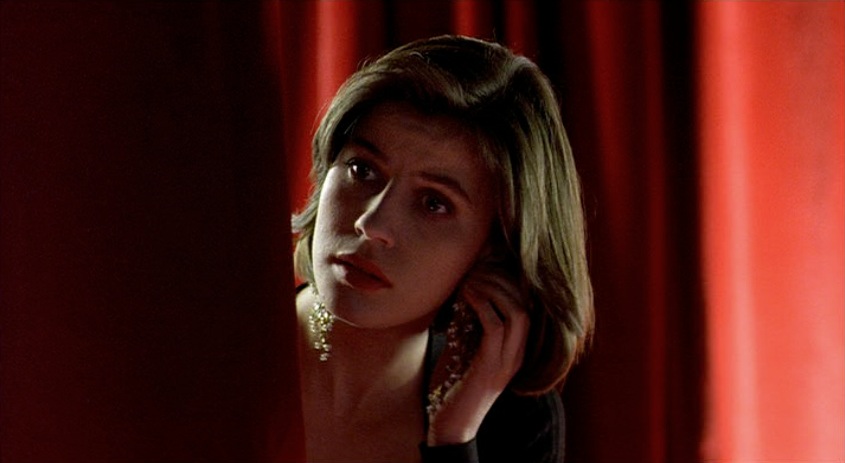
Kryzstof Kieślowski is no stranger to being ambitious with his pictures. While any film of his is a worthy place to start, the Three Colours Trilogy is a precise palate of all of the ways arthouse can soak in different emotions. Blue drowns in the oceans of tragedy. White soars through the hysteria of uncontrollable highs. Red resonates like the beating heart of a flickering neon sign. Together, all of these films devote their spirits to France’s flag.
Cinematically, this is a smörgåsbord that allows you to experience these textures one by one. There is a loose connection that might pull your heartstrings, but you can separate these works if you so wish. Outside of this small plot detail, identity is the sole focus that these three films share. These are three chances to piece together what we are capable of when we are drenched with depression, joy, or adoration.
Author Bio: Andreas Babiolakis has a Bachelor’s degree in Cinema Studies, and is currently undergoing his Master’s in Film Preservation. He is stationed in Toronto, where he devotes every year to saving money to celebrate his favourite holiday: TIFF. Catch him @andreasbabs.